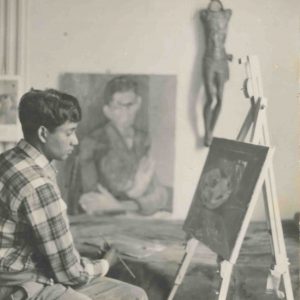
The Filofax and the Ape: Material approaches to the work of Albert Adams
Writer and curator Greg Thorpe reflects on the work of Albert Adams and his visit to the University of Salford Art Collection stores to explore the Albert Adams archive.

Writer and curator Greg Thorpe reflects on the work of Albert Adams and his visit to the University of Salford Art Collection stores to explore the Albert Adams archive.

New projects by McCoy Wynne, Megan Powell and Gwen Riley Jones each explore issues around the climate crisis, environment, and sustainability.
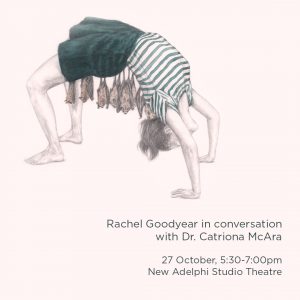
A deeper dive into Rachel's new work, discussing themes of feminism, surrealism and the human-animal psyche. Thurs 27th Oct @ 5.30pm.
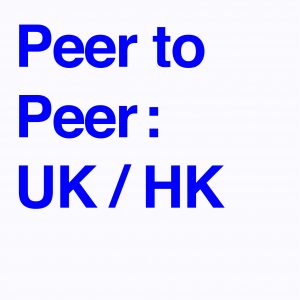
Peer to Peer: UK/HK 2022 is a programme designed to encourage meaningful cultural exchange and to forge enduring partnerships between the UK and Hong Kong's visual arts sectors.
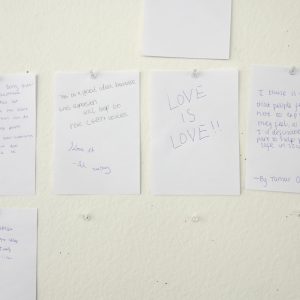
Socially Engaged Photographer Gwen Riley Jones discusses Salford Youth Council's visit to the University of Salford Art Collection's new store and Theirs, Yours, Ours: queer and non-binary perspectives on identity.
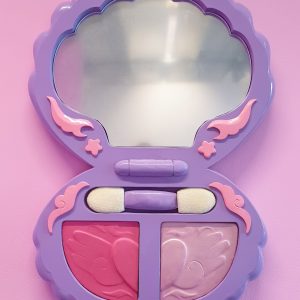
Castlefield Gallery and the University of Salford Art Collection announce the six graduate artists awarded a place on their annual scheme: Suraj Adekola, Adian Dolye, Joe Fowler, Alfie Lane, Jacob Longcake, and Laura Socas.
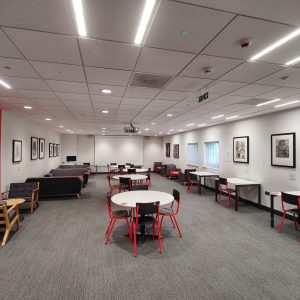
Our Albert Adams project curatorial assistant, PhD student Yanxi Wu, reflects on the fascinating challenges and extraordinary discoveries on her first curatorial experience in the UK.
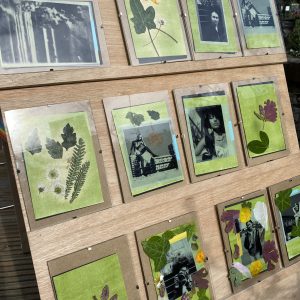
Anthotype workshops at the Rediscover Salford event remind us to choose more sustainable ways to live.
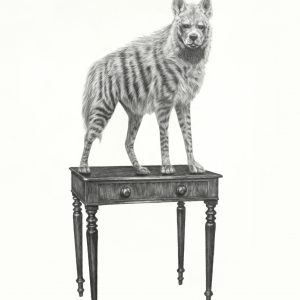
Salford-based, internationally acclaimed artist Rachel Goodyear to exhibit at Salford Museum & Art Gallery from 15 July 2022
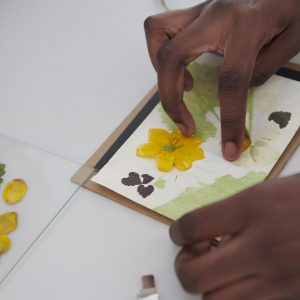
Socially Engaged Photographer in Residence Gwen Riley Jones discusses her work with Action for Conservation, the RHS, the Planting for the Planet exhibition, and anthotypes.